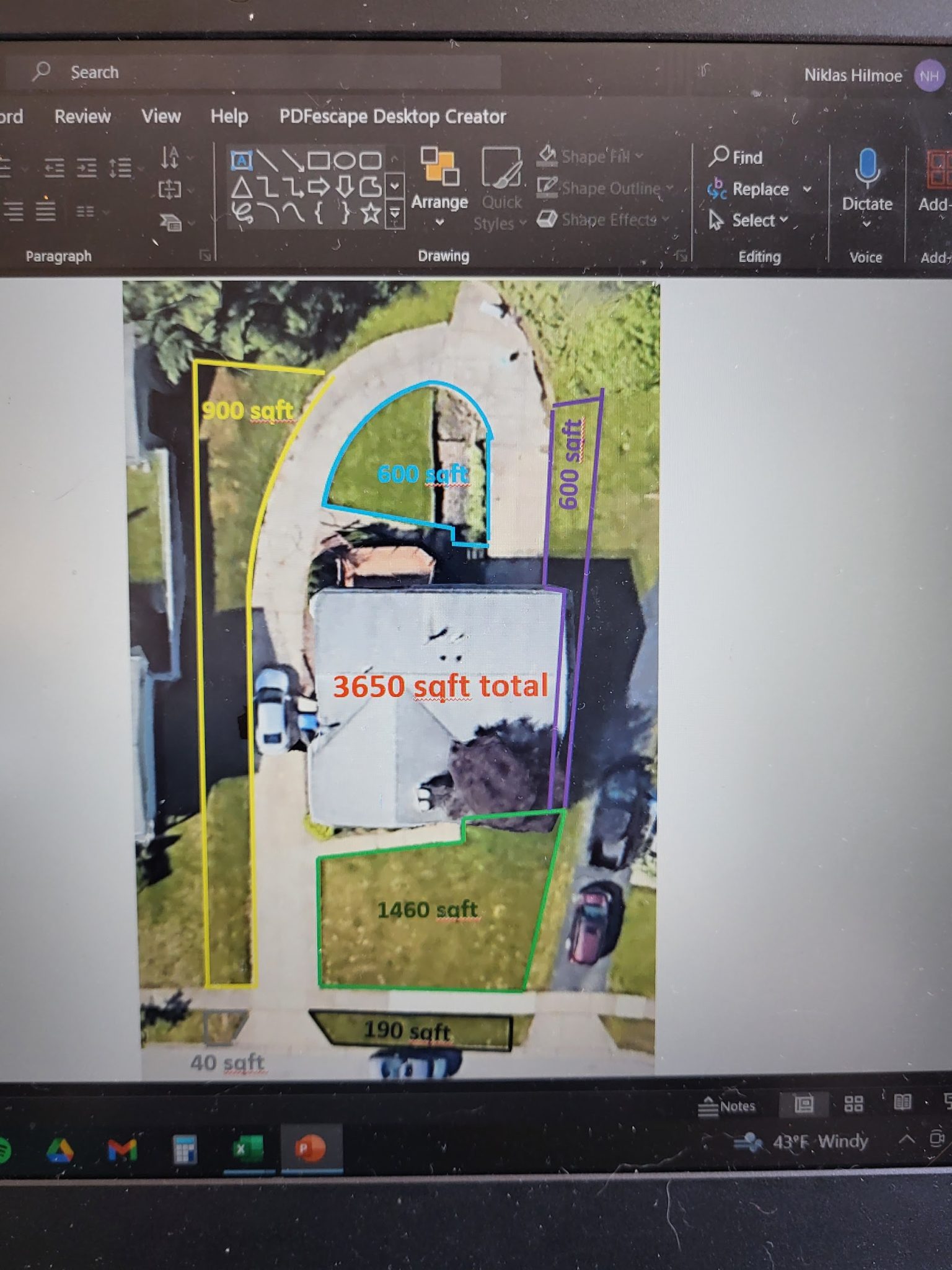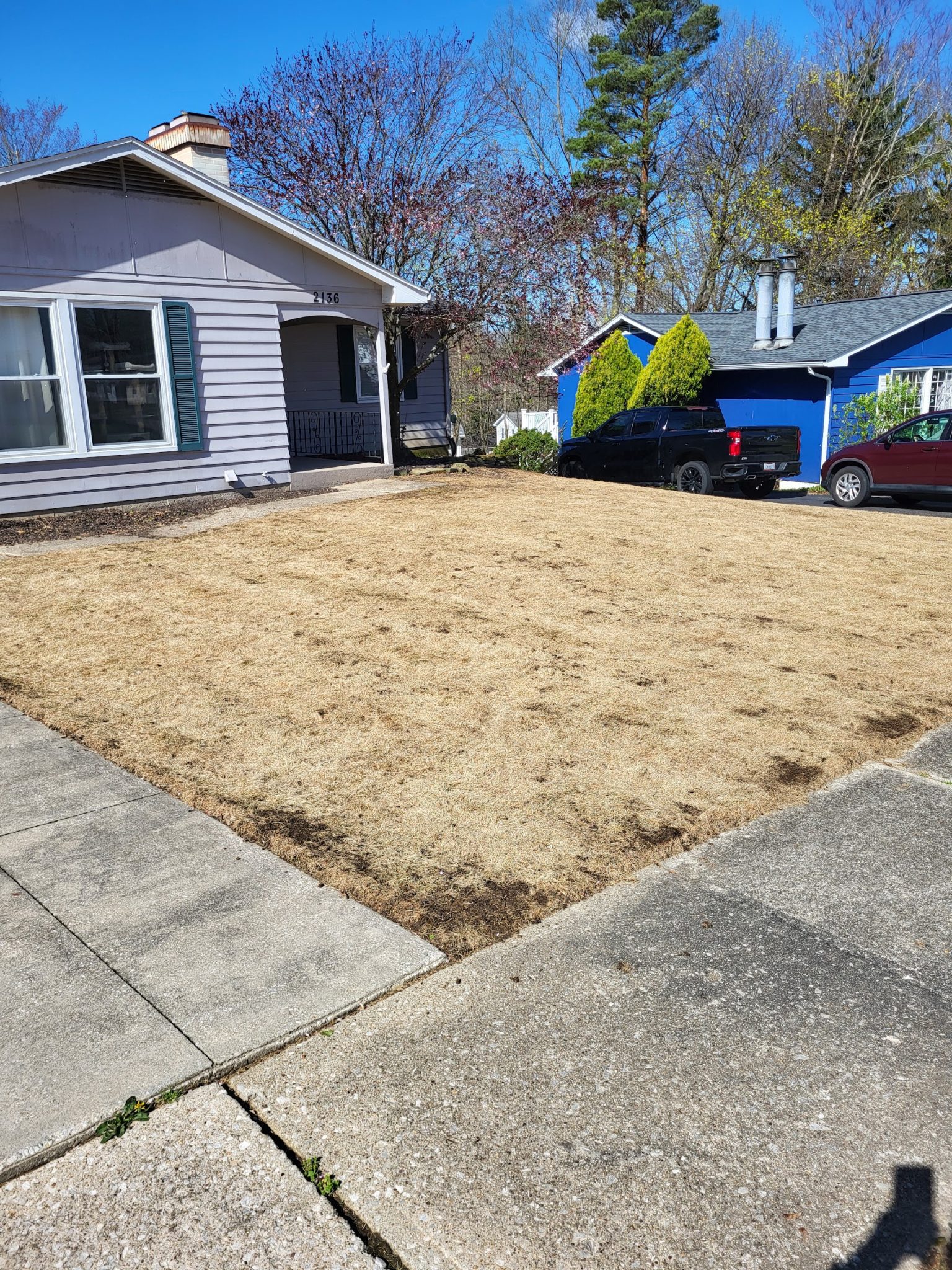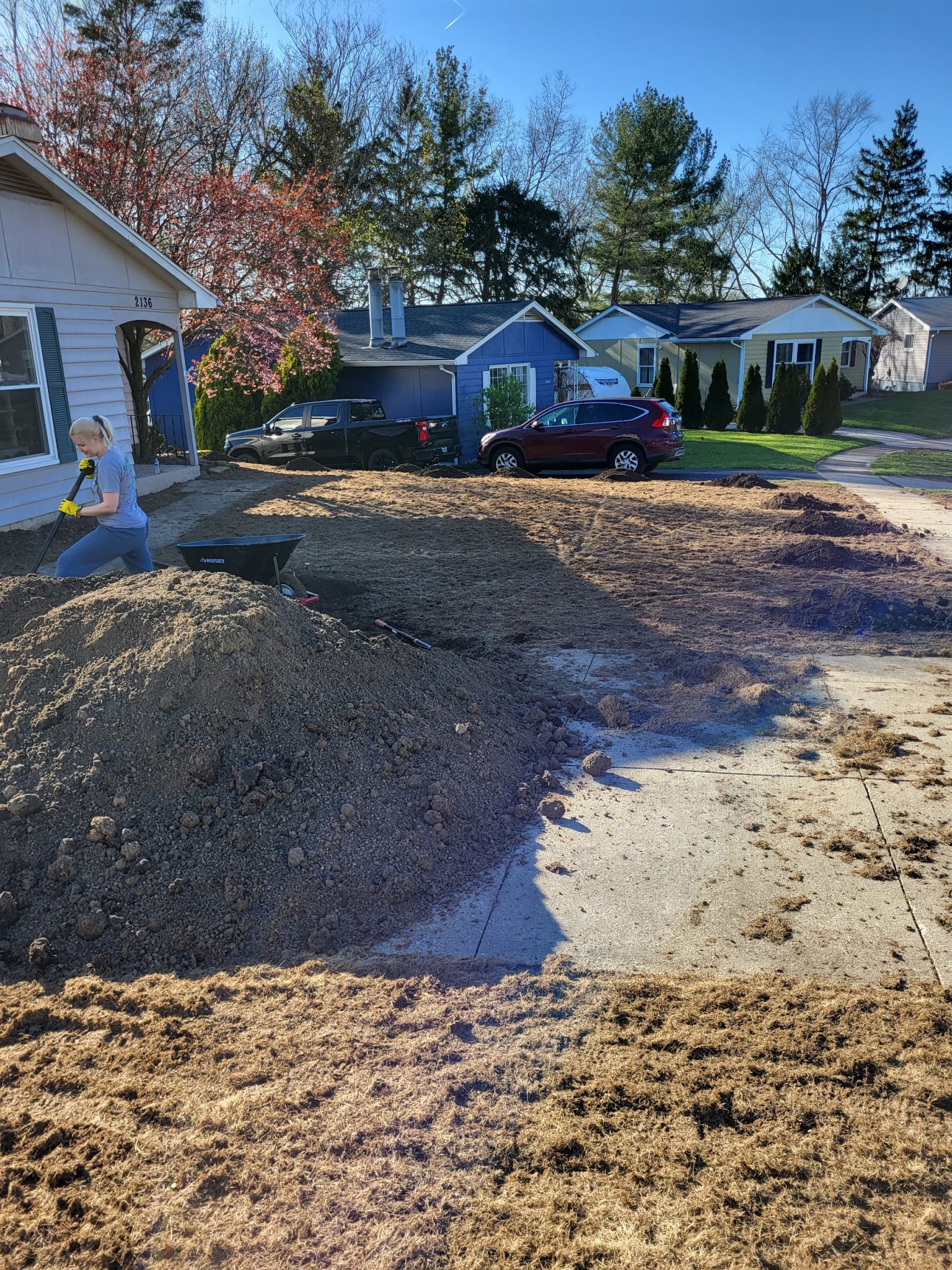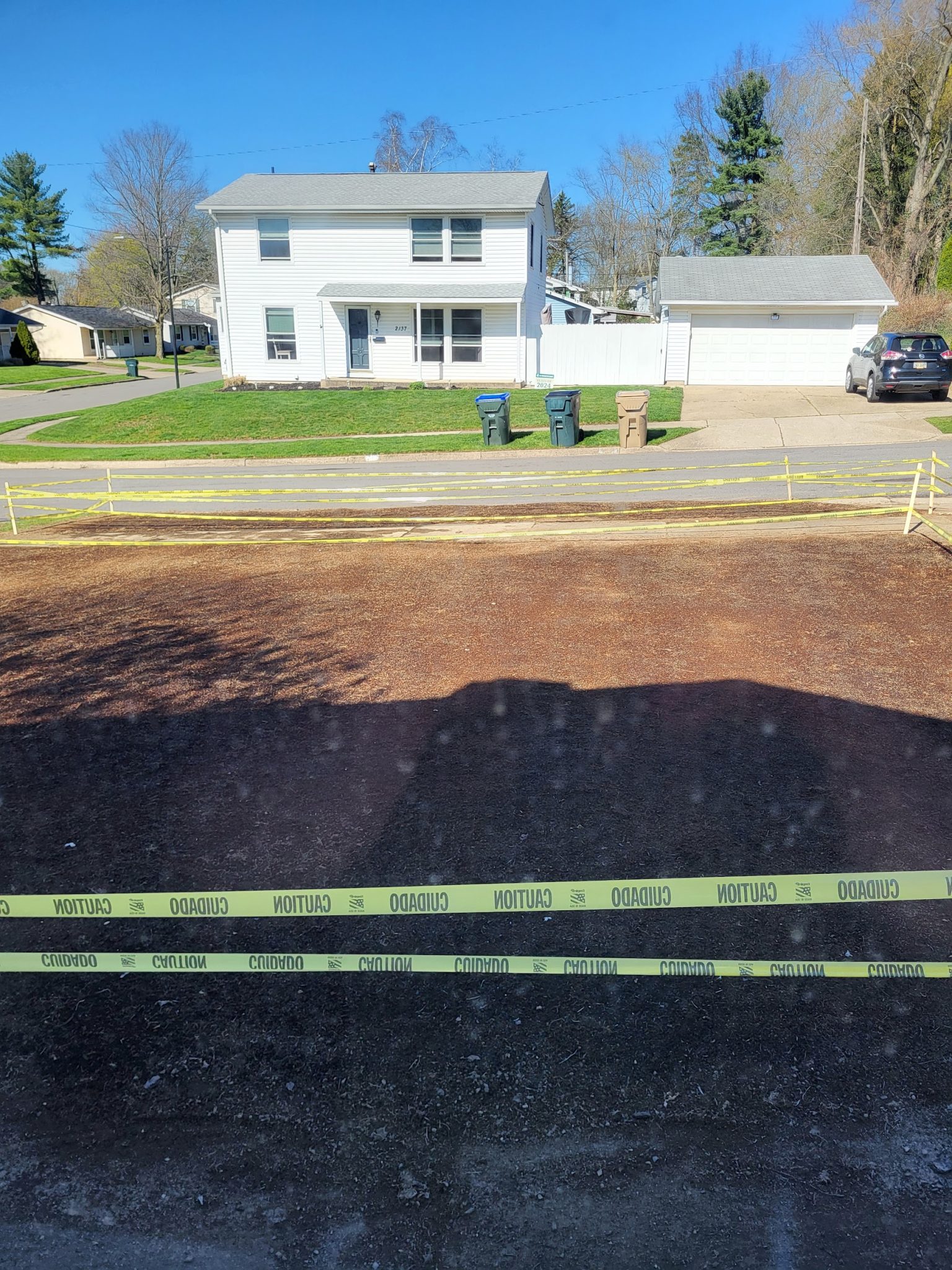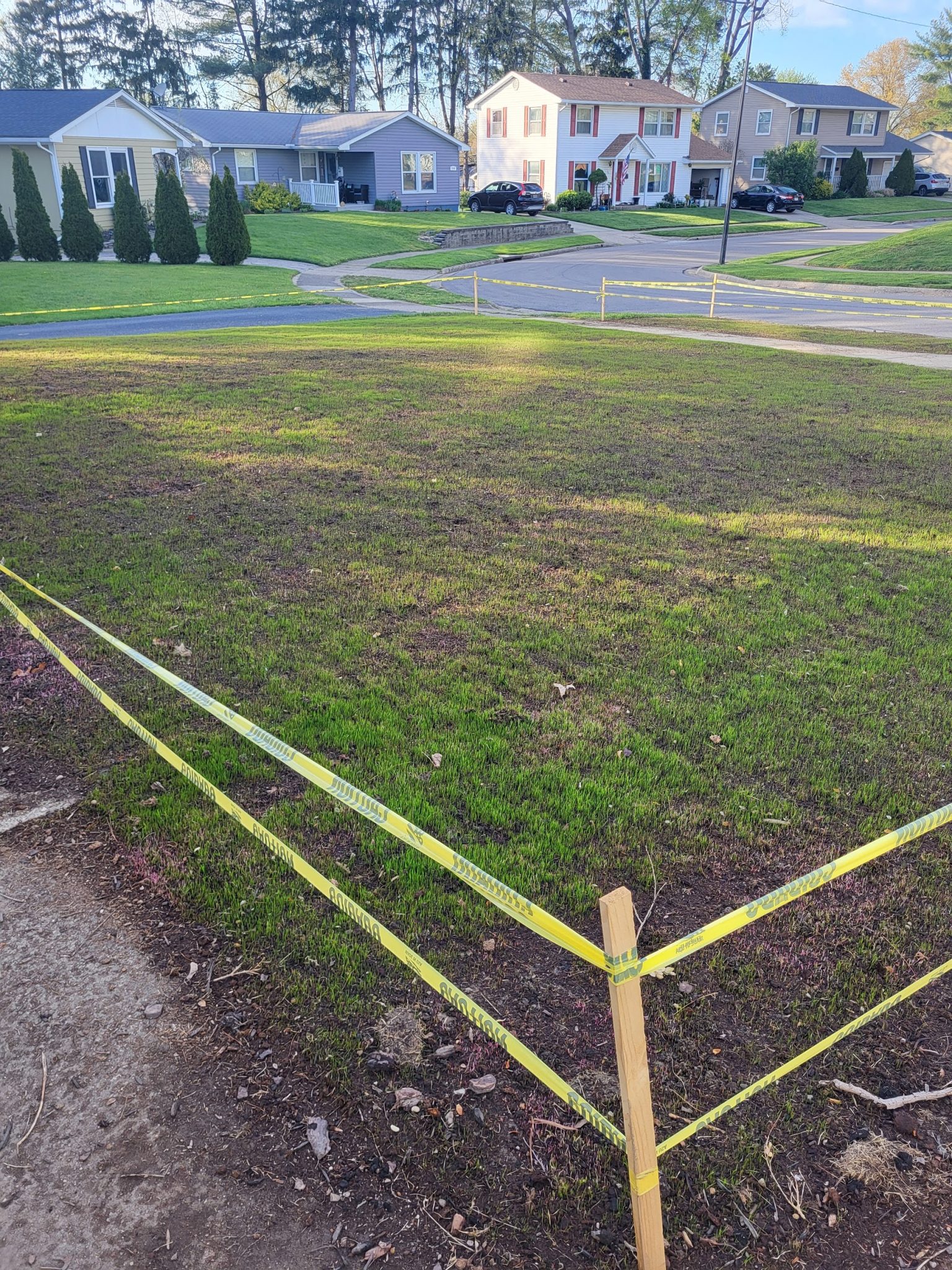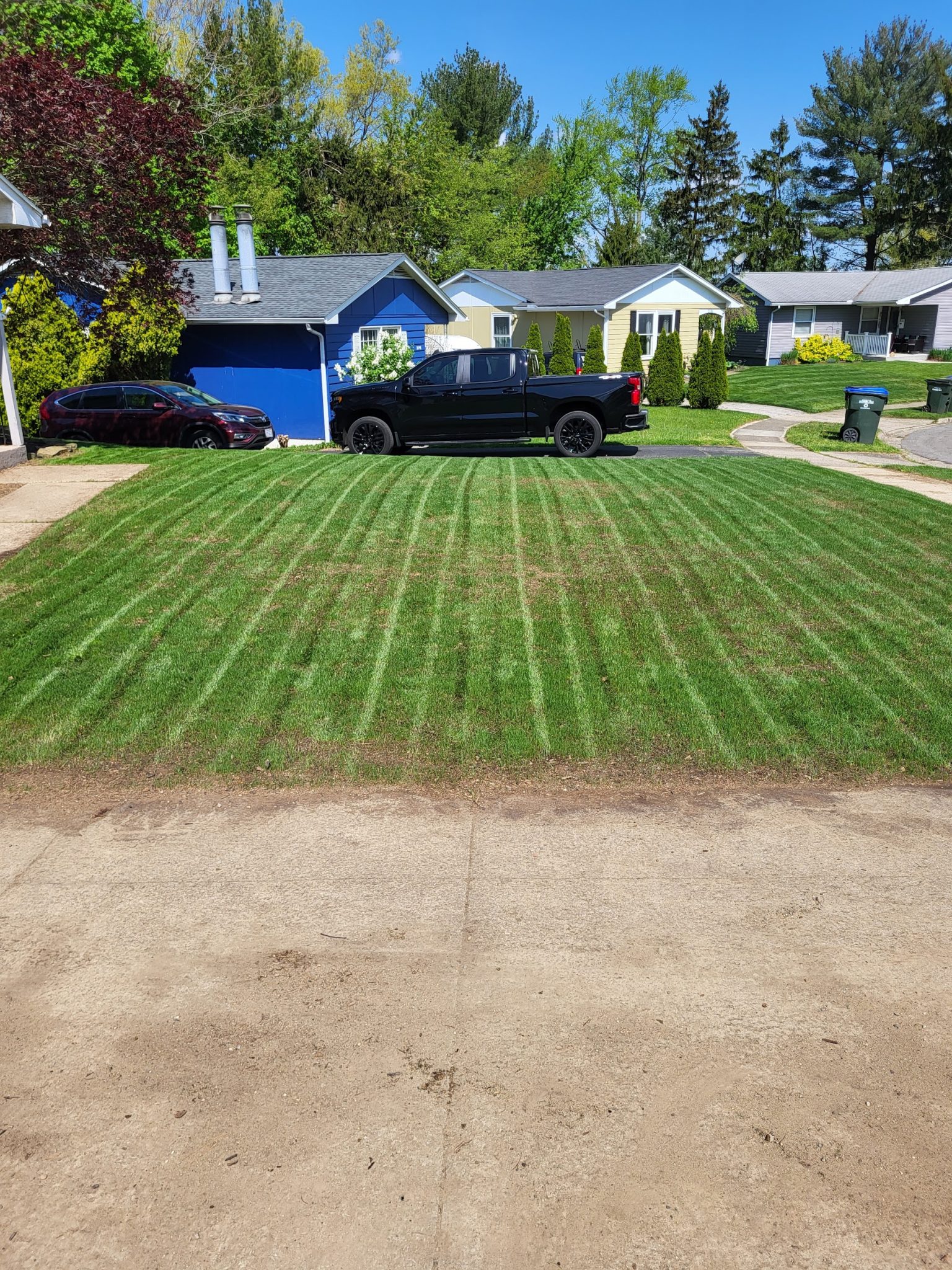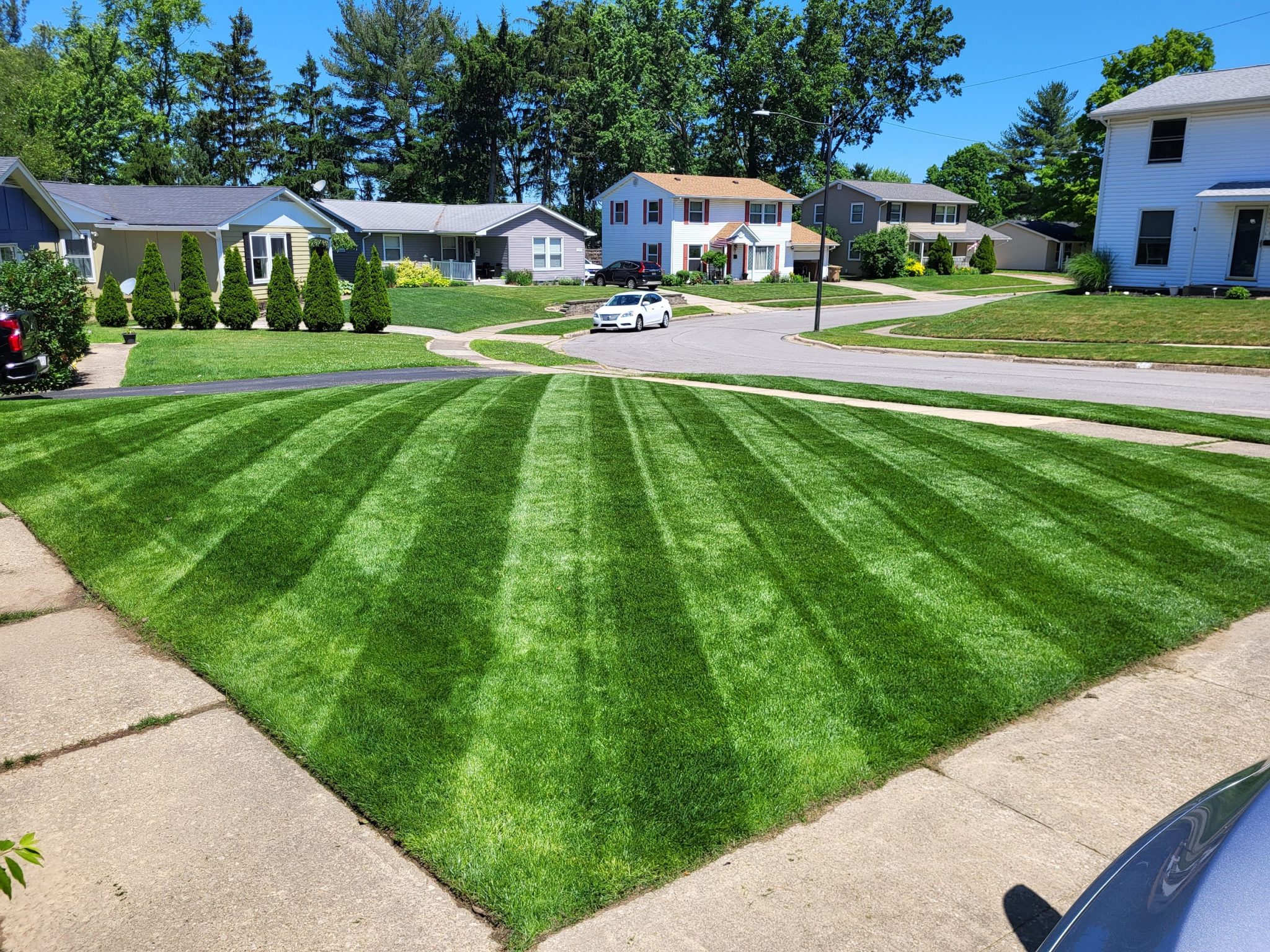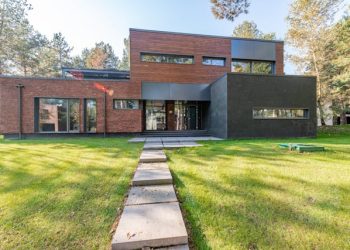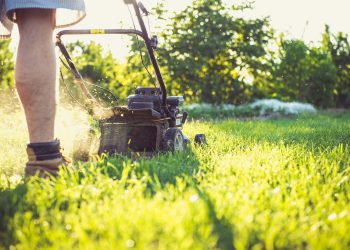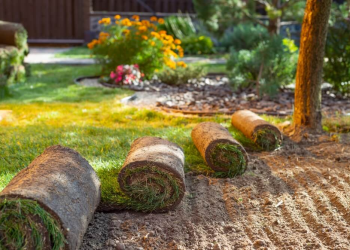Table of Contents
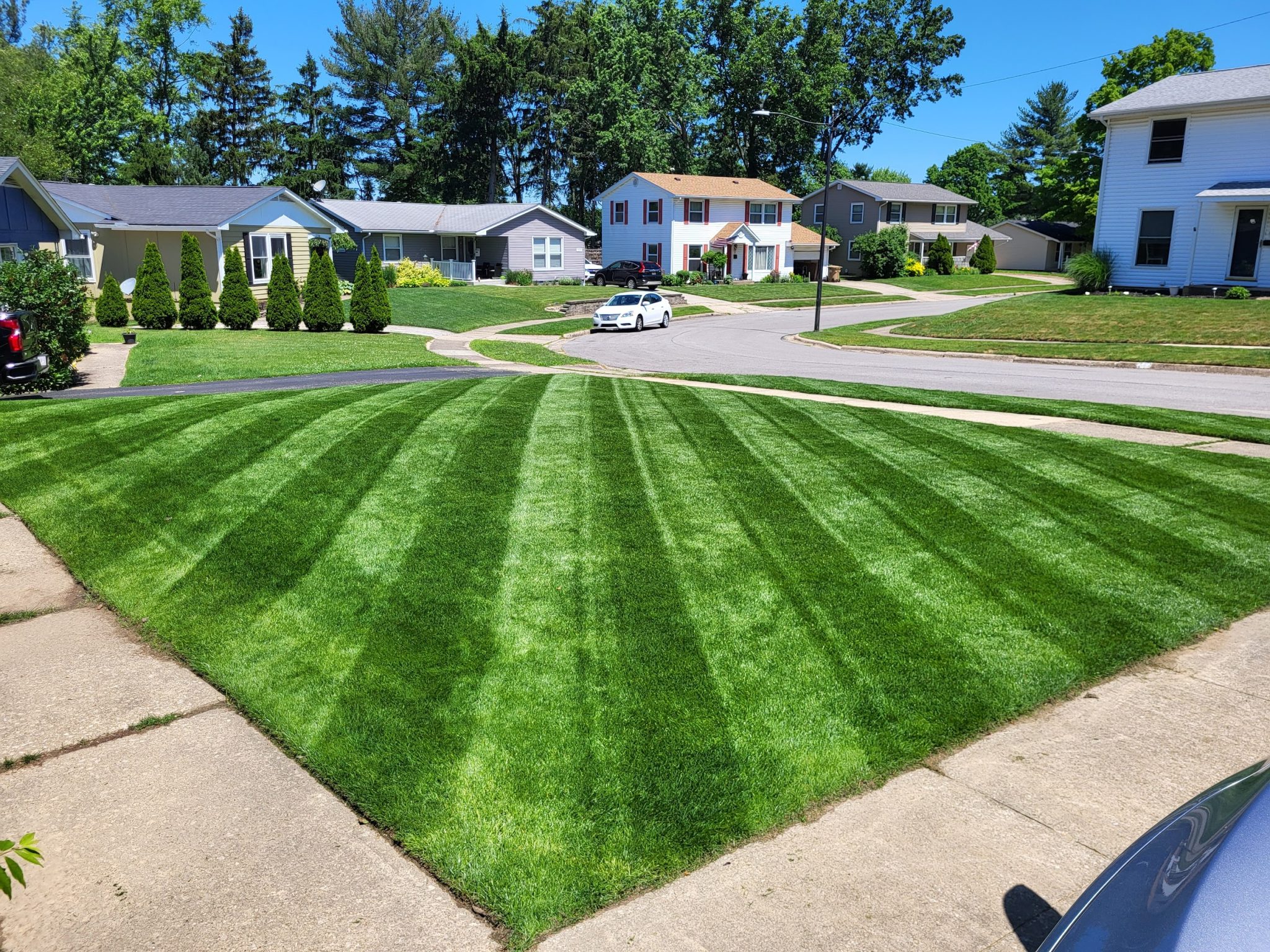
Having a weed-infested, patchy lawn can be embarrassing and bring down the entire aesthetic of your home. If you want to dominate your neighbors and have a lawn that looks like Dodger Stadium, the good news is that you can completely renovate it with much of the work being done in just a single weekend. Lawn renovation is a great way to reset and finally get the lush, dark-green yard to compliment your house. Just keep in mind—it’s a big job. Even with a solid plan, weather can throw surprises your way.
“Some get lucky with perfect conditions, while others face setbacks from storms. Lawn renovation can be incredibly rewarding, but it’s expensive and comes with some stress,” says Nik Hilmoe, founder of Snap Sell Homebuyers.
Getting Started
You’ll need to start by measuring your lawn. This is NOT your lot size. This is the total square footage of your actual lawn, which will dictate the quantities of all of the other products you’ll need to purchase. An easy way to measure your lawn is with Google Earth. You may find it handy to save these measurements on a map with multiple sections of your lawn.
Plan Ahead
You’ll want to get the ball rolling at least 8 weeks before you plan to put seed down. For houses with a cool season lawn, you’ll want to put your seed down sometime in mid-August. This is because you’ll have good growing temperatures that will allow the new grass to establish. If you pick spring to put seed down, you risk rain washing away your seed. You’ll also have the summer heat stressing your grass and risk large amounts of die off.
Step 1 (8 Weeks Before Seed Down)
Order your grass seed. You’ll want to get gold tag, sod quality seed from a reputable website. If you’re going to go through the work of renovating your entire lawn, you don’t want to get grass from a big box store. For cool-season lawns, the main options used are perennial ryegrass, Kentucky bluegrass, and turf-type tall fescue. You should research ahead of time which grass type you want. Order at least 1.5x the amount needed to fix any rain washout or patchiness. Also make sure you have something you can use to spread the seed.
Step 2 (7 Weeks Before Seed Down)
Spray glyphosate (Roundup) to kill your lawn. Follow the label—more isn’t better. Use blue dye in the mix to ensure full coverage and no missed spots.
Step 3 (6 Weeks Before Seed Down)
Your lawn should be fully dead and yellow. Mow on the lowest setting and bag the clippings to remove as much dead plant material as possible. Water daily to encourage any remaining growth so it can be killed before seeding.
Step 4 (5 Weeks Before Seed Down)
Order screened topsoil. The topsoil will allow you to level out any dips in your lawn and give you a clean slate to work with. It will also help boost germination rate. Order 2 – 2.5 cubic yards of topsoil per 1,000 square-feet of lawn depending on how level your lawn currently is.
Step 5 (4 Weeks Before Seed Down)
Apply a second round of glyphosate if anything green is popping up in your yard.
Step 6 (2 Weeks Before Seed Down)
Start looking at the long term forecast and be ready to adjust your seed down date if necessary based on potential rain.
Step 7 (1-3 Days Before Seed Down)
Spread topsoil and level with a lawn rake. Ideally, do this the day before seeding—earlier is fine if no heavy rain is expected.
Step 8
Spread your seed over the lawn with two perpendicular passes to ensure even coverage. Seed-to-soil contact will be critical for germination. After the seed is spread, lightly drag a rake over the entire lawn. Then, roll the entire lawn with a water filled lawn roller to press the seeds into the dirt.
Step 9
Weed seeds likely came with your topsoil. After seeding, raking, and rolling, apply a product with mesotrione—it blocks weed germination without harming grass seed. It’s available as a spray or in some starter fertilizers. Either works, but a starter fertilizer isn’t necessary since the seed has enough nutrients for early growth.
Step 10
Cover the seed. It’s recommended to use peat moss since it’s relatively cheap, doesn’t contain weed seeds like straw, and can be easily spread with a rented peat moss spreader. Covering the seed will dramatically increase germination rates. You may even want to put up wooden stakes with caution tape to keep your neighbors and their pets off the lawn while the seeds germinate.
Step 11
Water is key for germination. Keep the seed moist by watering 3 to 4 times daily, depending on sun and wind. Aim for short sessions around 8–9am, 11am–12pm, 2–3pm, and 5–6pm. Avoid late watering to prevent fungus. Use just enough to keep seeds damp. If you aren’t available to water this many times throughout the day, you’ll have to set up a sprinkler system for your home with a timing device. Do the best you can, but don’t stress about being perfect. Grass is very hardy and will germinate, although more slowly, if your watering isn’t perfect.
Step 12
Your seed should germinate in 10 – 30 days depending on your seed type and watering frequency. From now on, days after germination will be used for the timeline.
Step 13 (2 Weeks After Germination)
Apply a fast-acting nitrogen fertilizer at a low rate (0.25 lbs per 1,000 sq ft). Water low-germination areas 3–4 times daily. Areas with heavy germination need only one deeper watering per day to encourage root growth.
Step 14 (3 Weeks After Germination)
If you have any areas with low or no germination, now is the time to apply more seed. Cover those areas with any leftover peat moss and water 3-4 times per day.
Step 15 (4 Weeks After Germination)
Apply more mesotrione to the entire lawn to keep weeds away. Appy more nitrogen based fertilizer at the same rate of .25 lbs of nitrogen per 1000 sq ft every week for 4 weeks. Once the grass exceeds 2 inches in height, it’s time to do your first mow. Mow to 1.5 inches and continue to mow at this height weekly for 4 weeks.
Step 16 (8 Weeks After Germination)
Apply a preemergent to your lawn at the labelled rate to prevent weeds the following spring.
Spring Time
Your lawn may look a little rough coming out of winter but don’t panic. Apply a nitrogen based fertilizer every week at a rate of .25lbs of Nitrogen per 1000 sq ft. Expect to remove some weeds by hand.
Final Thoughts
As stated previously, doing a lawn renovation is a lot of hard work and there’s always a chance mother nature intrudes. If you follow the steps, stay consistent with watering, and plan ahead by having extra materials on hand, you should be rewarded at the end with a beautiful lawn which can even raise the value of your house.
Material List
- Grass seed
- Seed spreader
- Glyphosate
- Mesotrione
- Blue Marking Dye
- Top Soil
- Wheelbarrow
- Shovel
- Gloves
- Rake
- Lawn Roller
- Peat Moss
- Peat Moss Spreader
- Sprinklers

